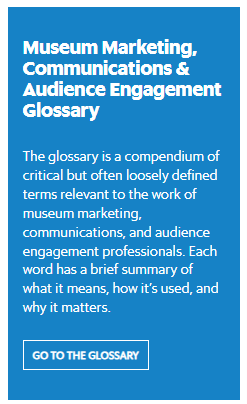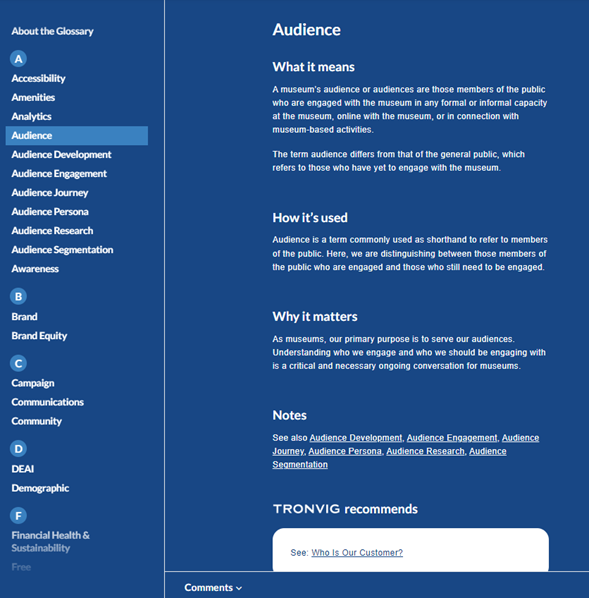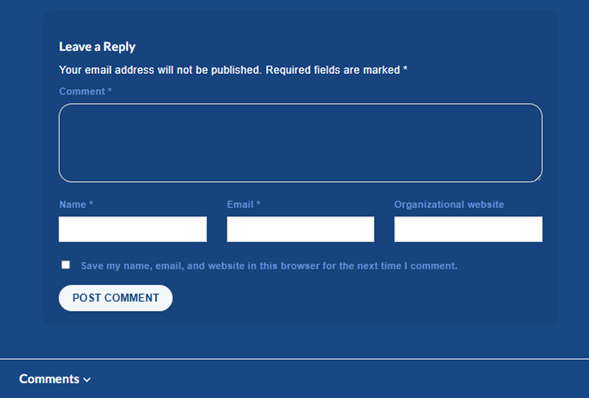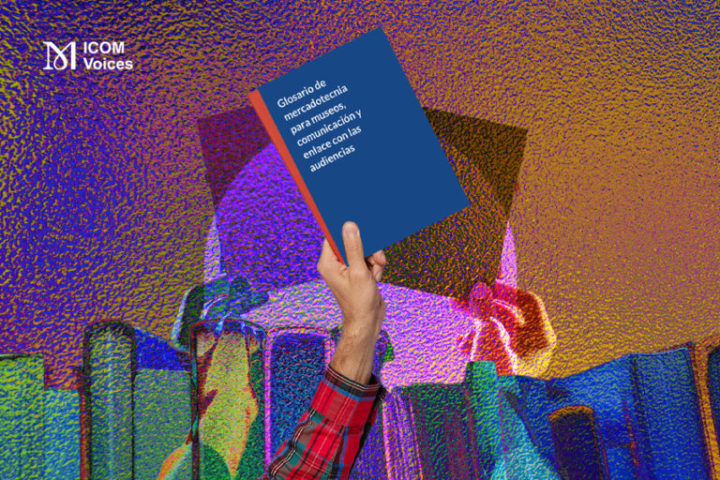
Marijose Garduño
ICOM Mexico. Engagement Coordinator, Museo Interactivo de Economía (MIDE).
Museums have no borders,
they have a network
February 29, 2024
Keywords: Glossary, Marketing, Debate, ICOM MPR, ICOM Mexico
Team participation, an enriching process
In 2019, Adam Rozan, audience engagement and museum education professional, discussed the need for a glossary with James Heaton (Tronvig). He believed defining concepts was necessary to facilitate work between different museum departments.
A group of professionals in the United States developed the glossary between 2020 and 2023, it was publicly launched at the American Alliance of Museums’ yearly meeting in May 2023.
It was then that Deborah Ziska, president of ICOM MPR (International Committee for Marketing and Public Relations in Museums), suggested that ICOM Mexico take up the project in order to develop its Spanish-language version and launch it at the Training Workshop for Museum Professionals from Latin America and the Caribbean, organised by ICOM Mexico and the ICOM Secretariat that was held in Mexico City in October 2023.

Fig. 1. Presentation of the Glossary of Museum Marketing, Communication & Audience Engagement in Mexico.
Within just a few months, and thanks to the support of the Latin American team led by Silvia Singer (Secretary, ICOM Mexico), the glossary was translated in time for the training workshop.
We are grateful that, with the backing of its collaborators, the Museum Marketing, Communications & Audience Engagement Glossary is available in both English and Spanish. It is hosted on Tronvig’s platform.

Fig. 2. Screenshot of the link on Tronvig’s website to the Glossary of Museum Marketing, Communication & Audience Engagement.
There is no doubt that the selection, definition and translation of the words themselves represented a great challenge for the professionals involved in the project. However, it has also been an opportunity to reflect in depth on certain themes and points of view that often require us to understand different approaches, but also to identify points of agreement and differences that we hope will be cordially and respectfully debated.
A tool for collaboration under constant review.
The Glossary is structured in a practical way, so that the terms may be easily used and understood.
It currently encompasses 33 concepts, such as: Audience, Audience Research, Visitor Experience, Vision. Each one includes the following sections: ‘What it means’, ‘How it’s used’, ‘Why it matters’, a portion titled ‘Notes’ that links to other concepts within the same glossary, ‘TRONVIG recommends’, which offers bibliographic references, and, finally, a comments section where responders may include their contact information.
Some concepts, such as ‘Accessibility’ and ‘DEAI (Diversity, Equity, Accessibility and Inclusion)’, are especially pertinent due to our colleagues’ and institutions’ diverse realities, proving the necessity of a Spanish glossary.

Fig. 3. Screenshot of the Glossary of Museum Marketing, Communication & Audience Engagement’s ‘Audience’ page, showing all sections corresponding to each concept.

Fig. 4. Screenshot of the Glossary of Museum Marketing, Communication & Audience Engagement’s ‘Audience’ comments section.
This glossary, designed for Spanish-speaking museum professionals in Latin America and the Caribbean, is intended to be a project in constant evolution – unfinished, as it were – in an endeavor to remain constantly open to dialogue and discussion among professionals.
It must be noted that the project was developed within a museum community for whom collaboration and conversation focused on audiences is a fundamental practice.
The original group defines itself as follows: ‘We are professionals who undertake different tasks in the fields of museum management, marketing, communication, fundraising, and audience interaction, and also serve as consultants to the cultural industry and non-profit organisations.’ The professionals involved participated voluntarily, which is a common practice in the museum profession.
Participants meet monthly and are committed to working on the material to ensure that the wording is satisfactory to all, as well as to propose topics and deal with the collaborations that arrive through the platform.
Other specialists are invited to review work as it progresses in an open conversation, since our intention is to continue to evolve thanks to feedback received from the professional community and the public.
Museums have no borders, they have a network, this is an invitation to participate
From this point of view, this project honors ICOM’s professional network and the work it carries out. It benefits from the experience of our members, our teams, and other colleagues in the field.
This is an open invitation to join us as we continue to expand our work, and to be respectful and embrace our differences.
Acknowledgments
We thank those who initiated the project for the creation of this Glossary, those who have worked on it, and those who will participate in the future. Thank you for adding value to our field.
Glossary contributors in Spanish are:
Silvia Singer, Director, MIDE Museo Interactivo de Economía (Mexico) and Secretary, ICOM México
María Emilia Beyer, General Director of Science Outreach, UNAM (Universidad Nacional Autónoma de México)
Ulises Jaramillo, Marketing Director, Parque Explora, Medellín (Colombia)
Marijose Garduño, Engagement Coordinator, MIDE Museo Interactivo de Economía (Mexico)
Special thanks to our U.S. colleagues who created the original glossary in English, as well as to Deborah Ziska, president of ICOM-MPR (International Council of Museums, International Committee for Marketing & PR) and James Heaton, founder of Tronvig, who conceived the idea of a Spanish-language version and invited ICOM Mexico, in the person of its President, Gabriela Gil, to join this collaborative effort.
